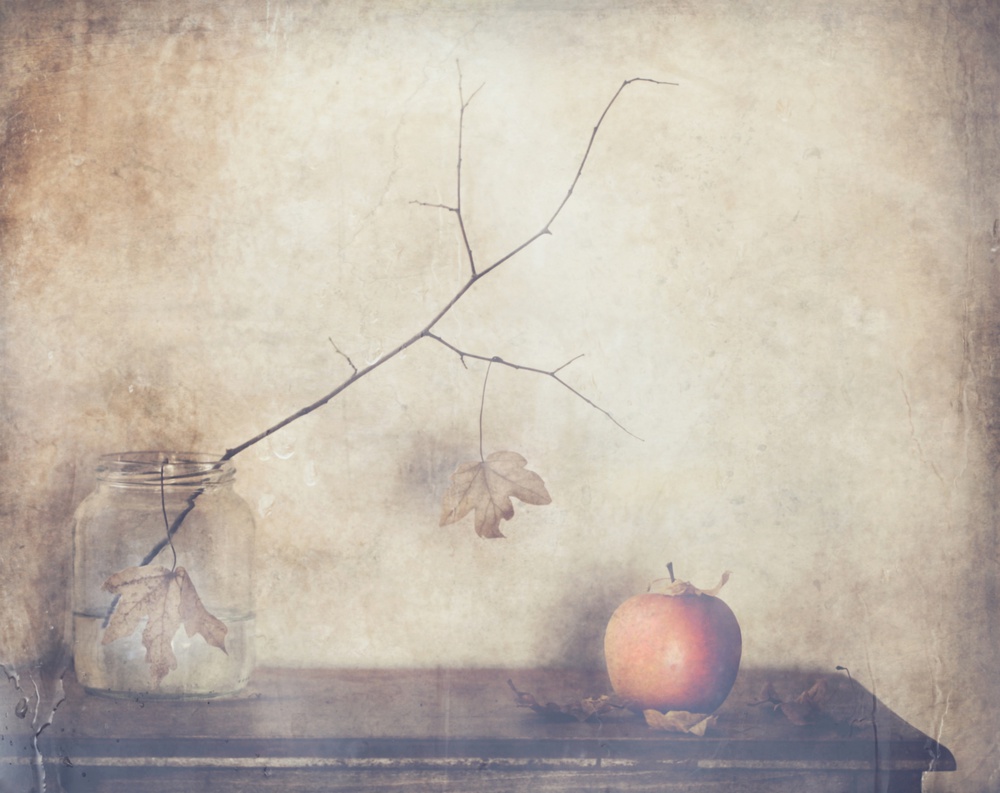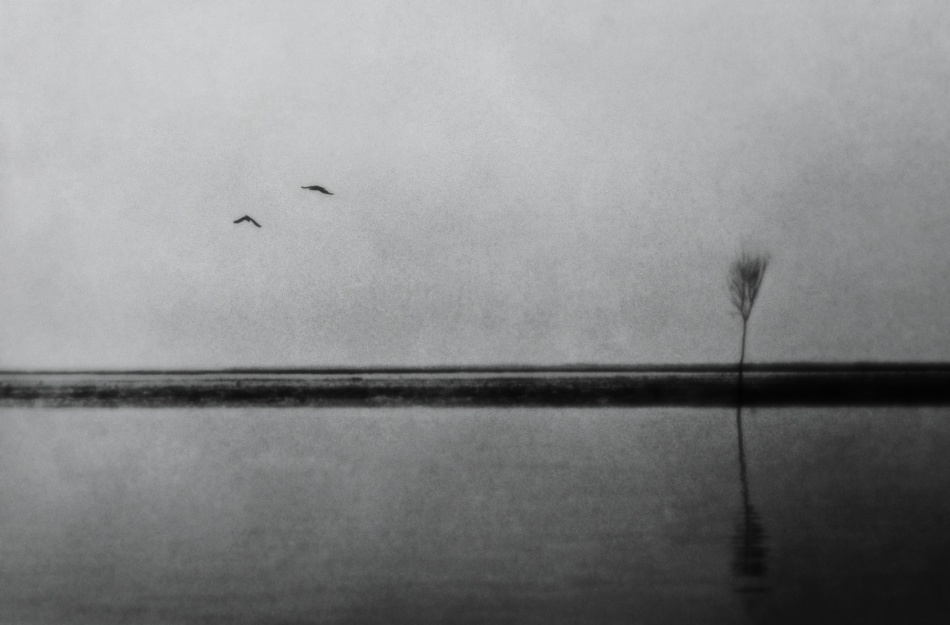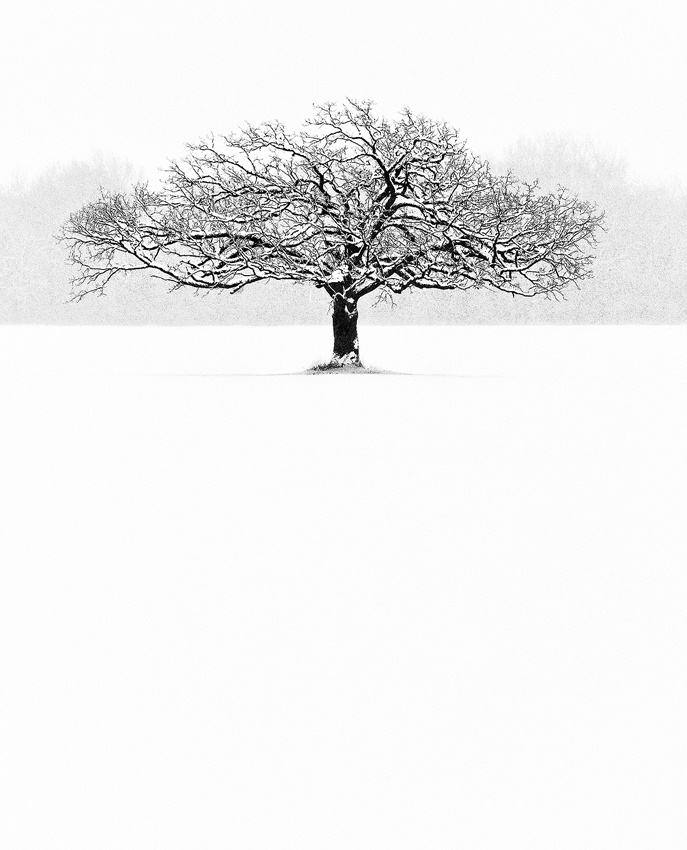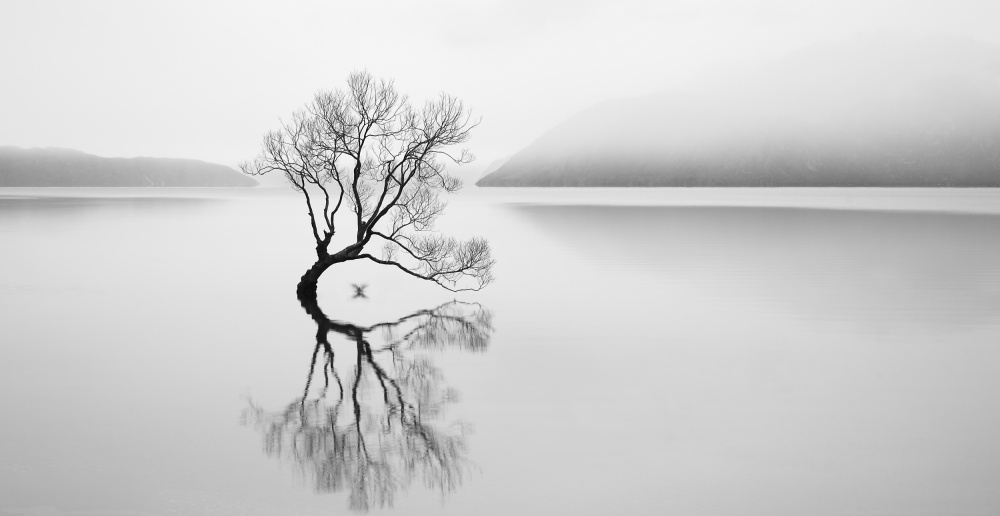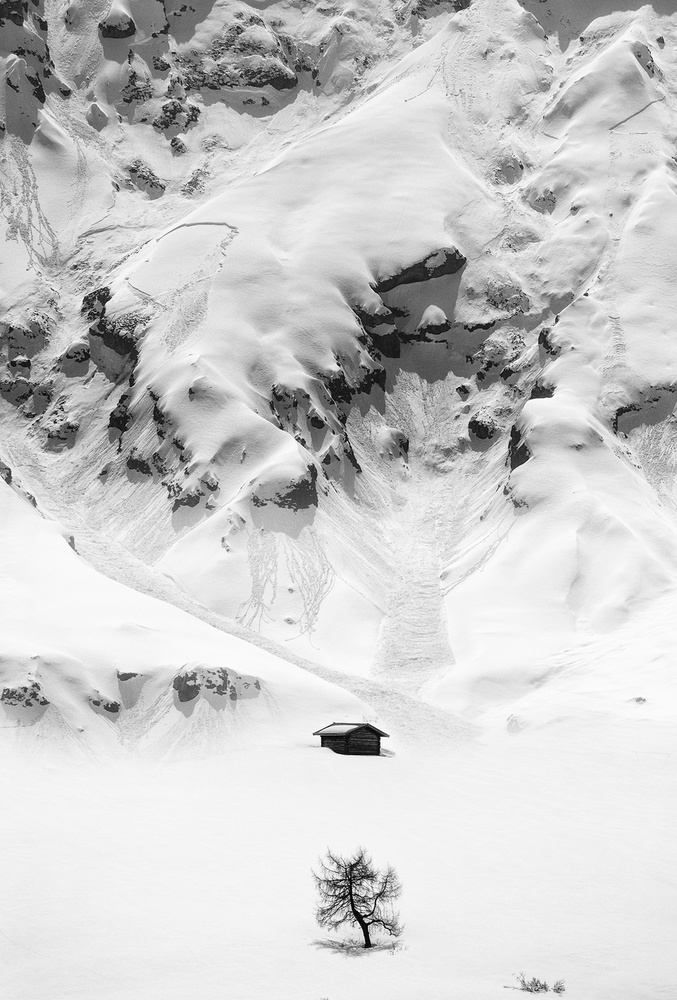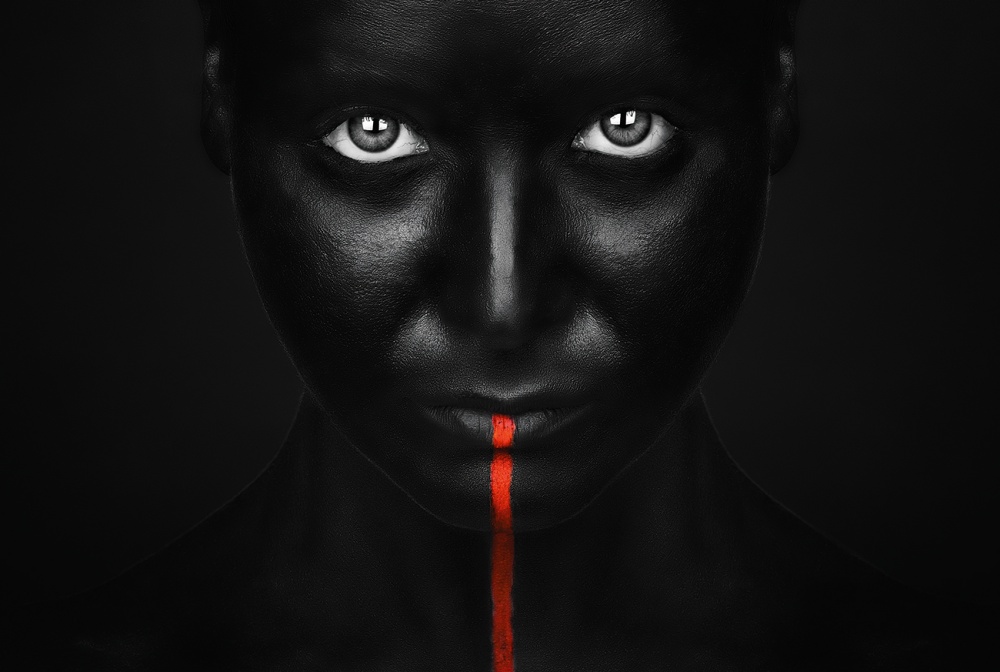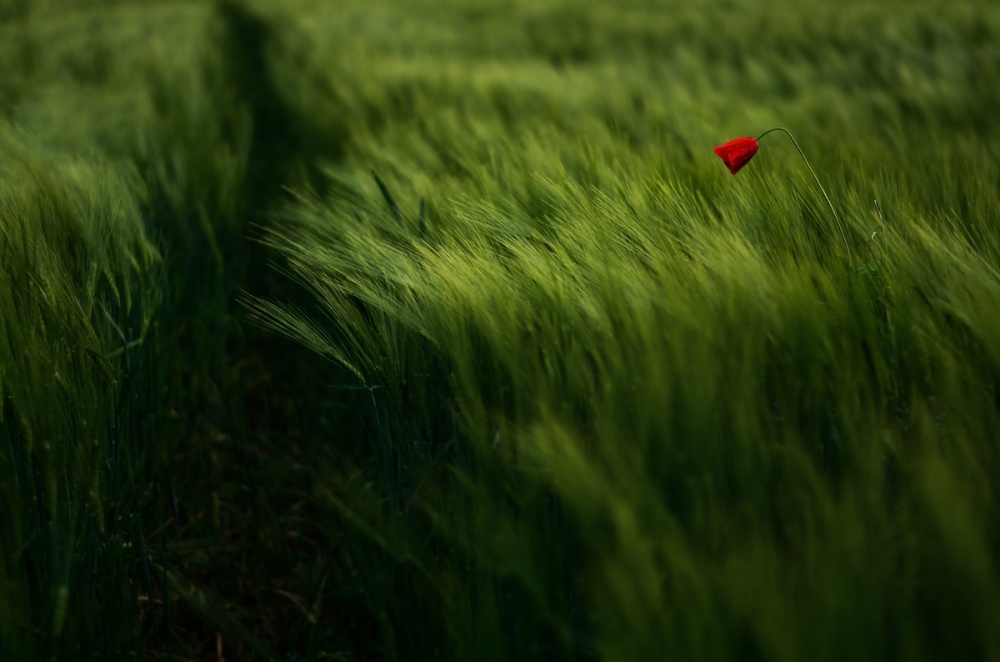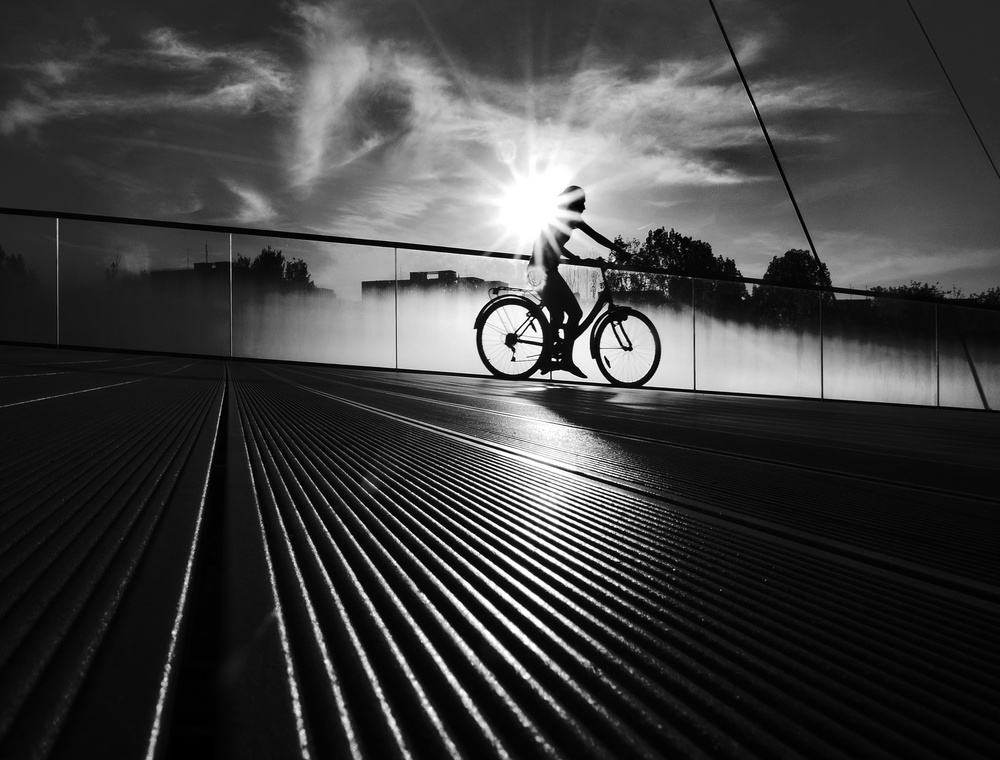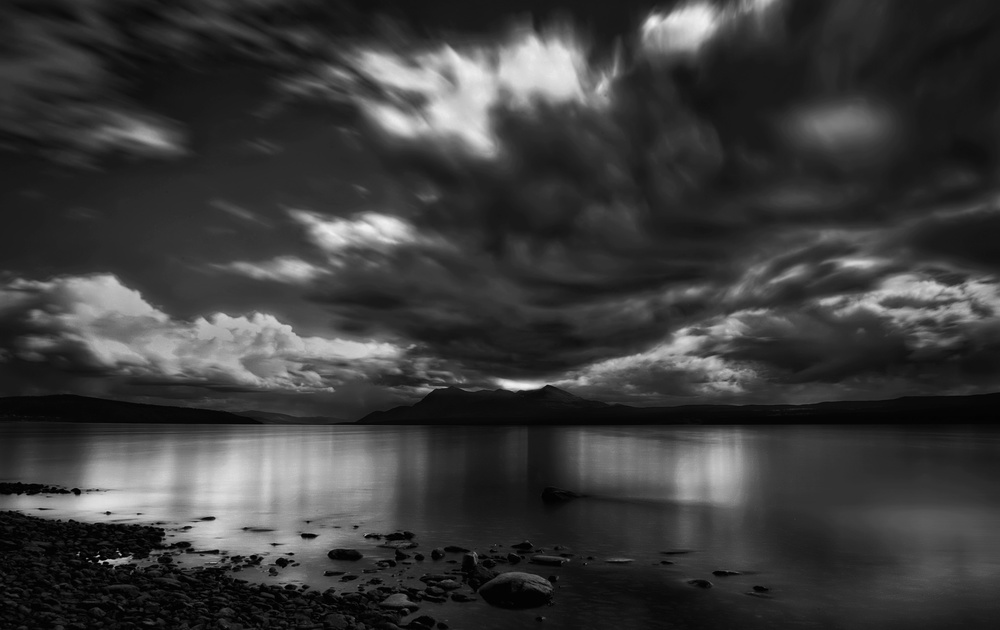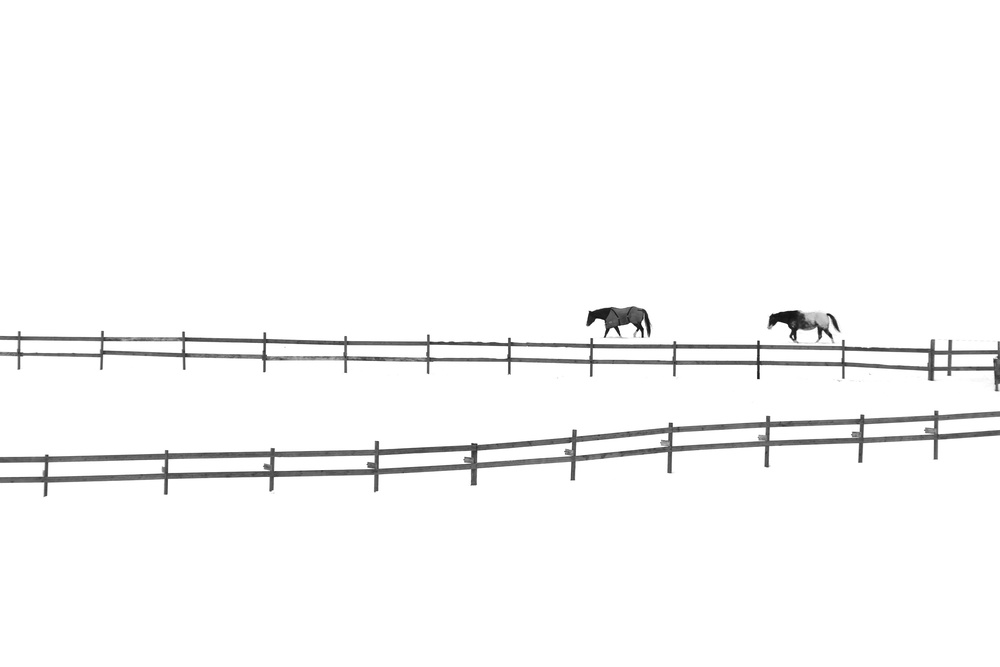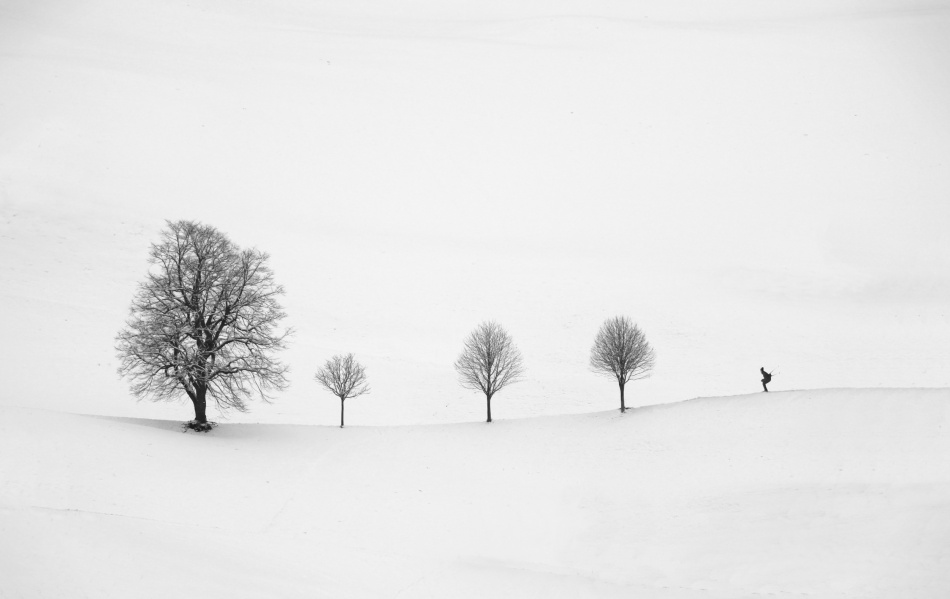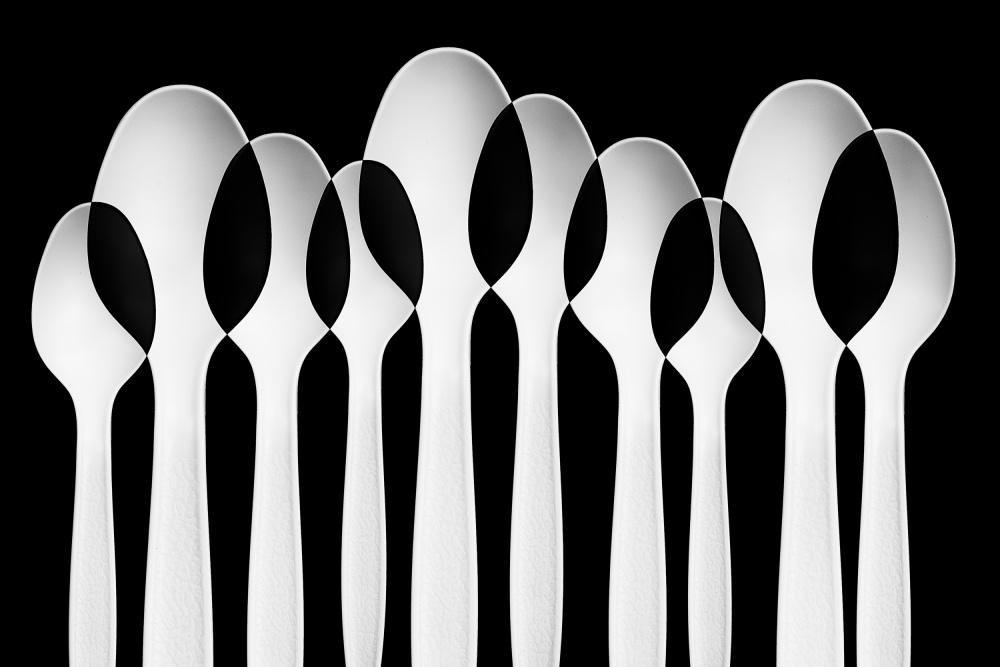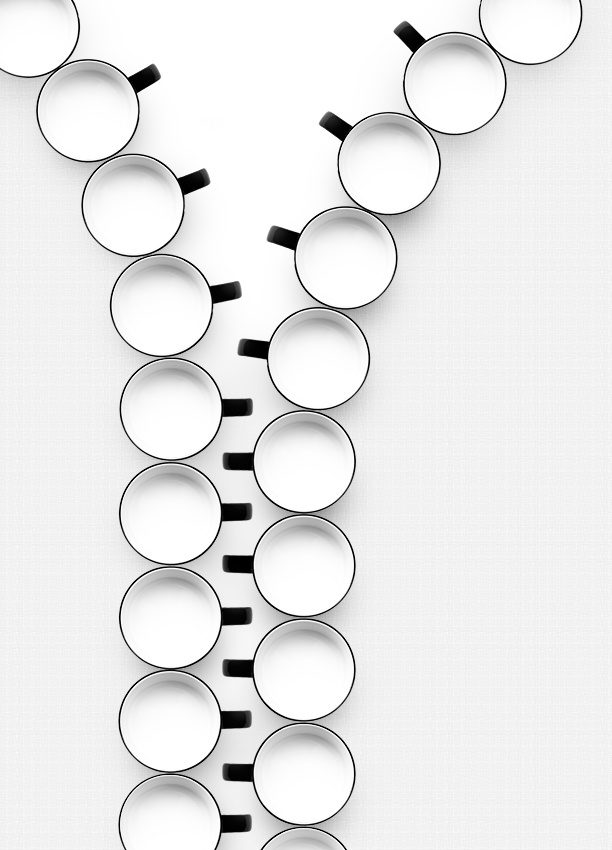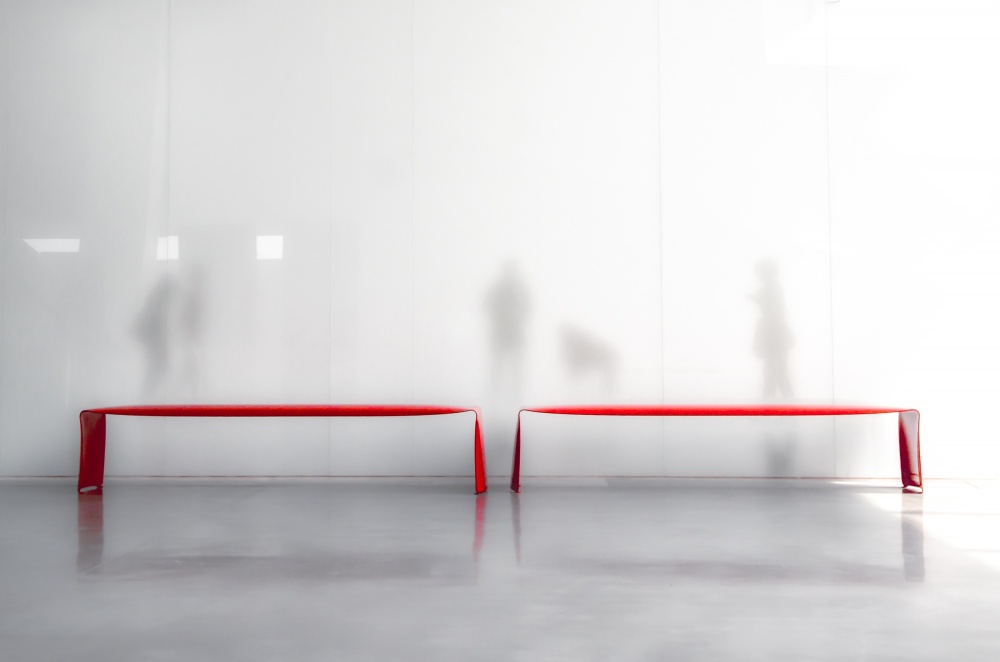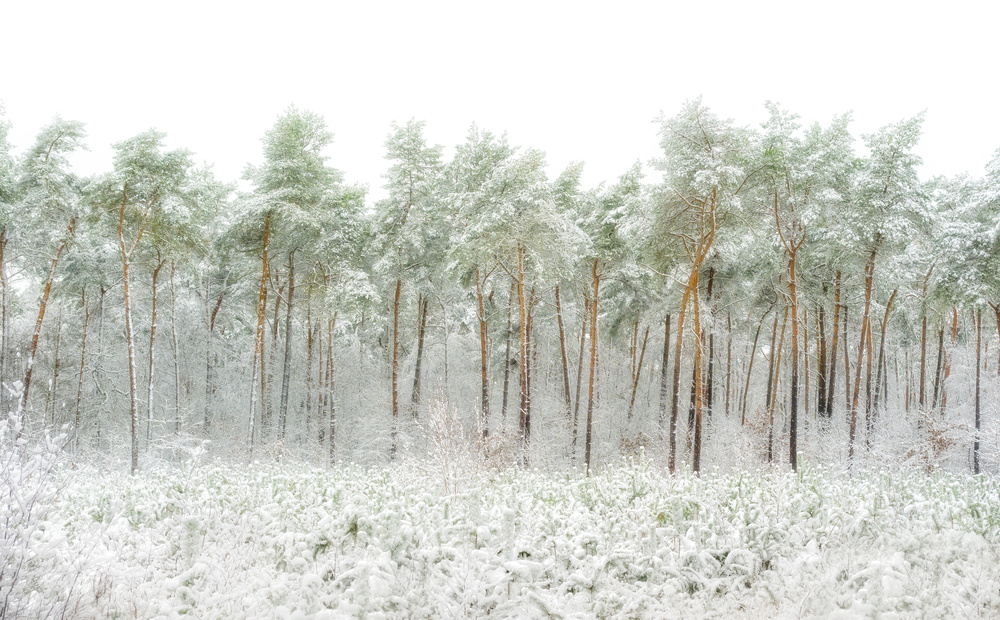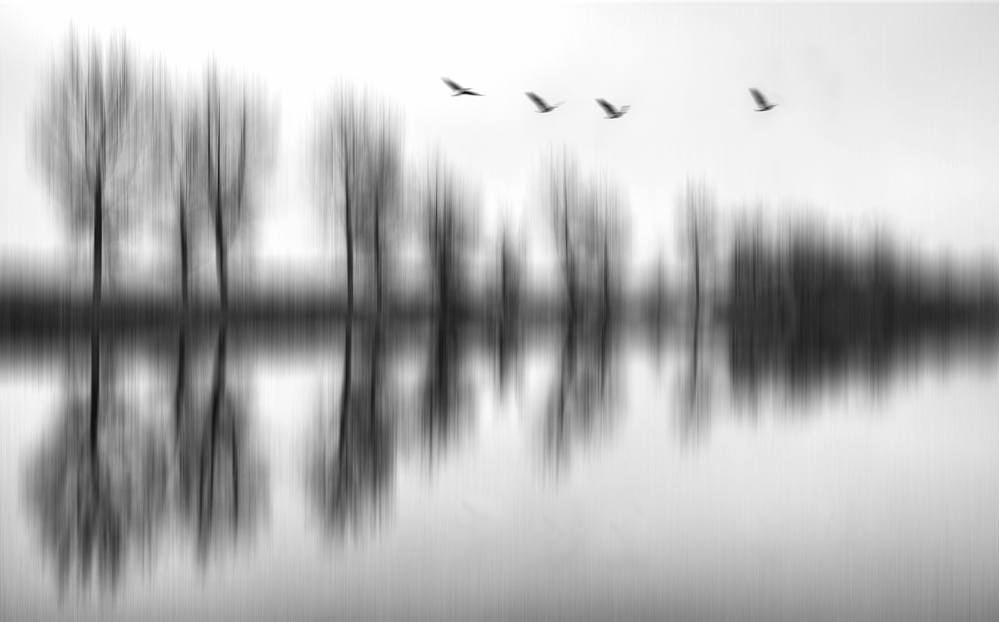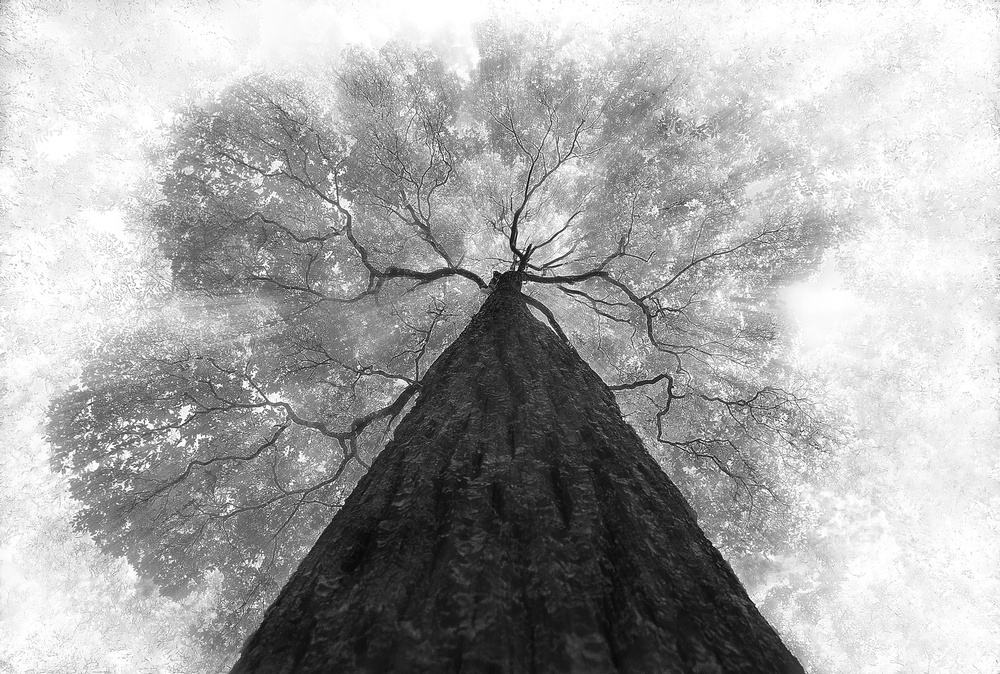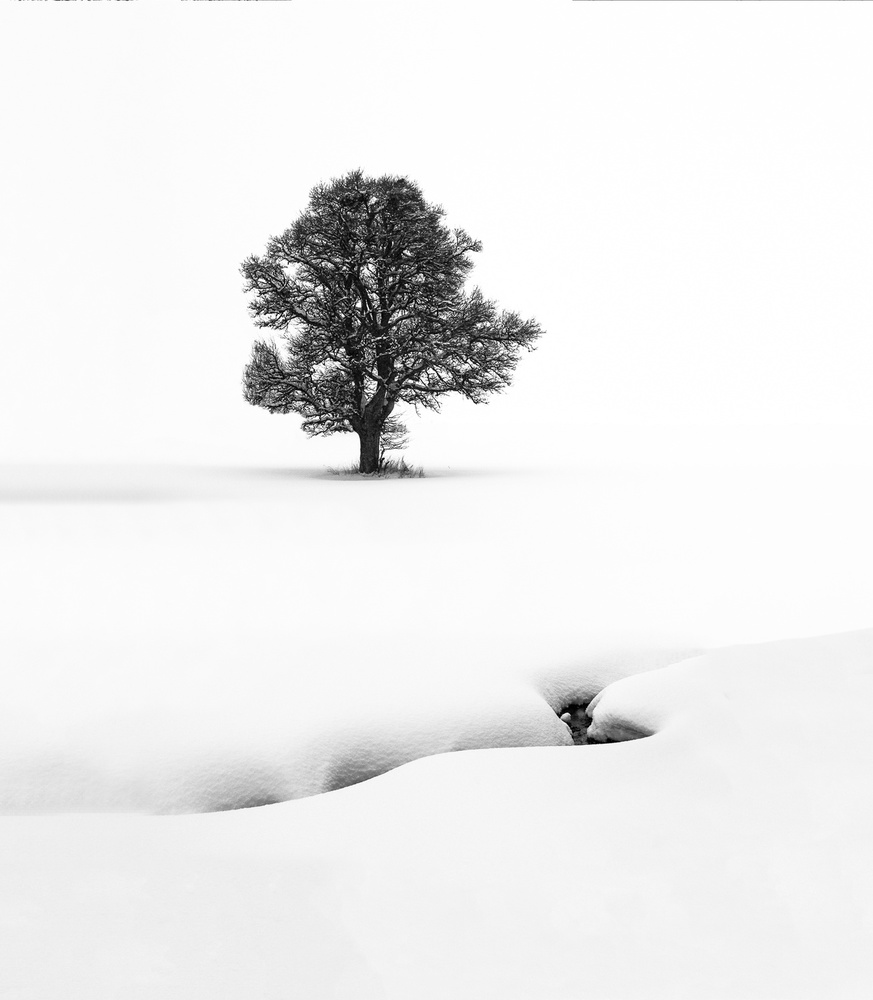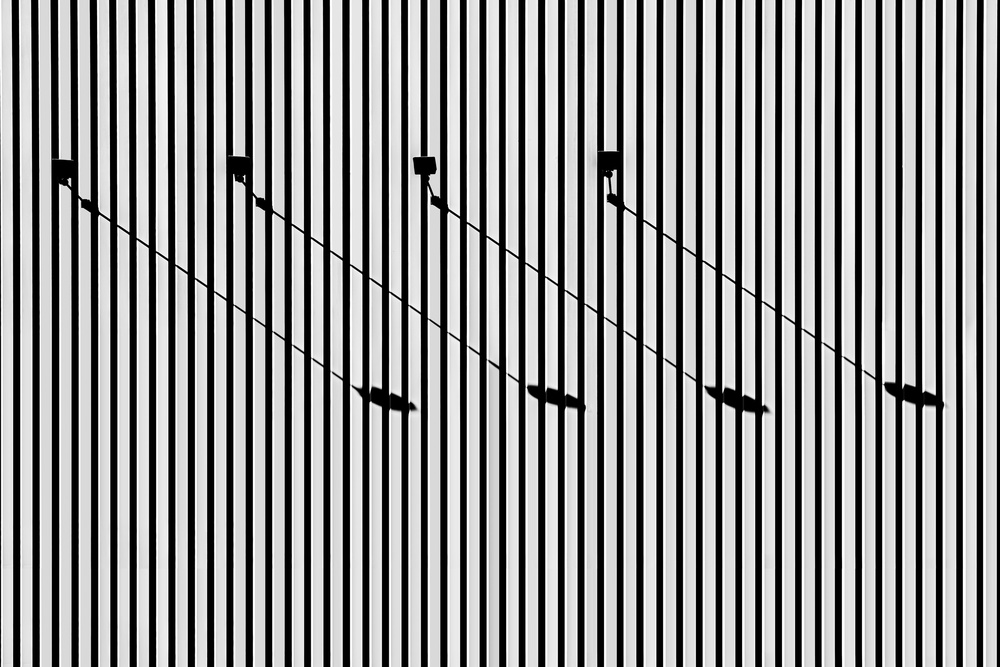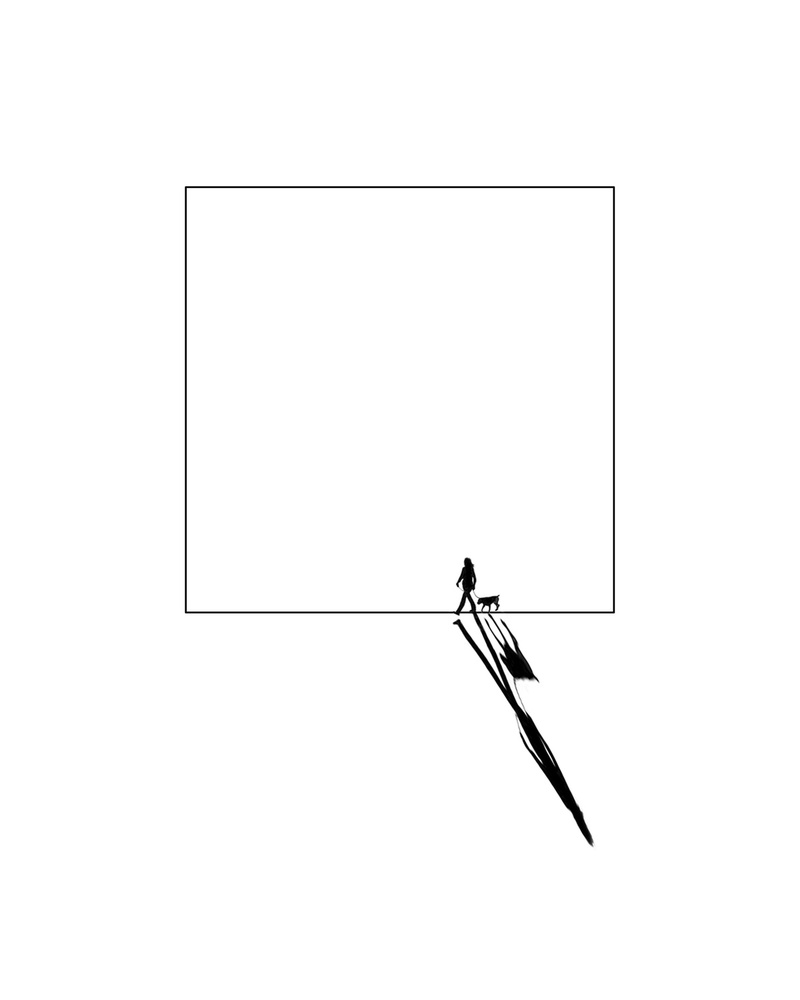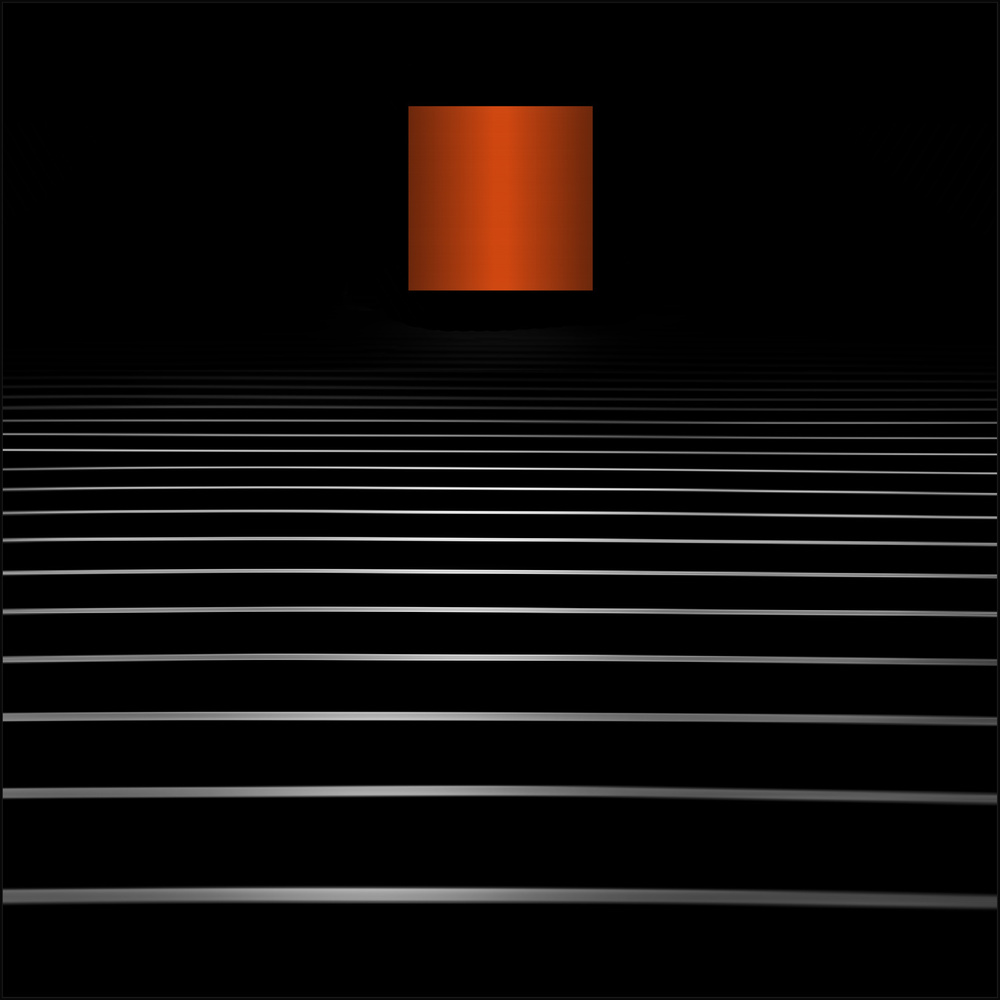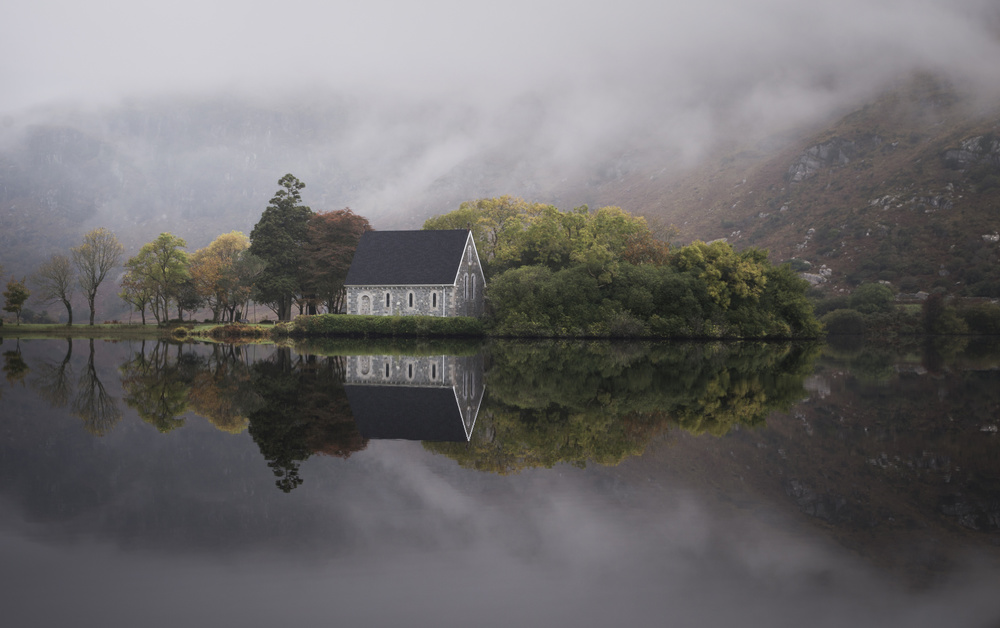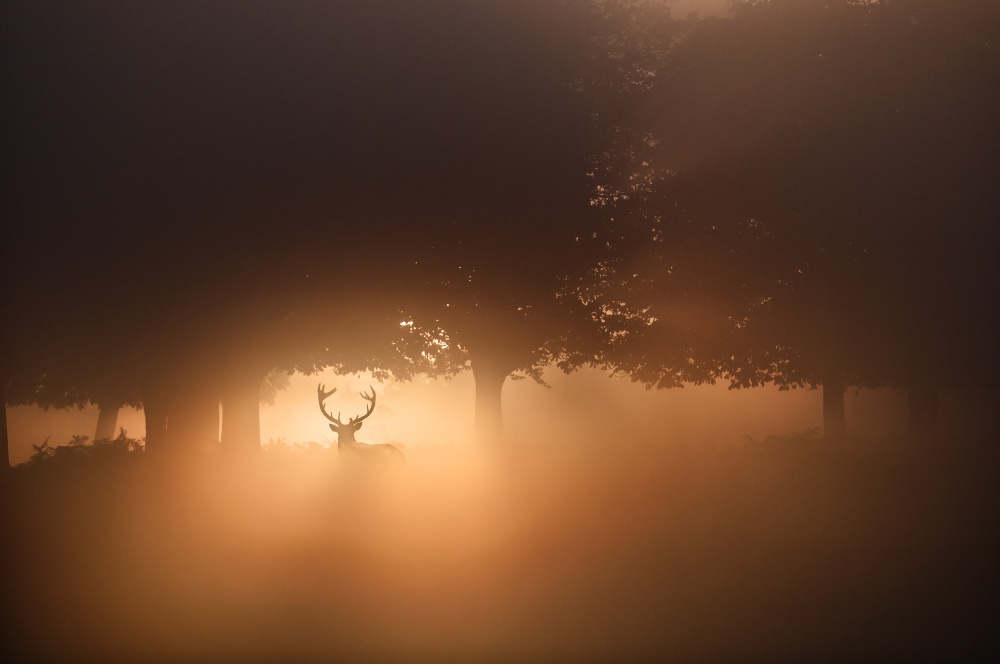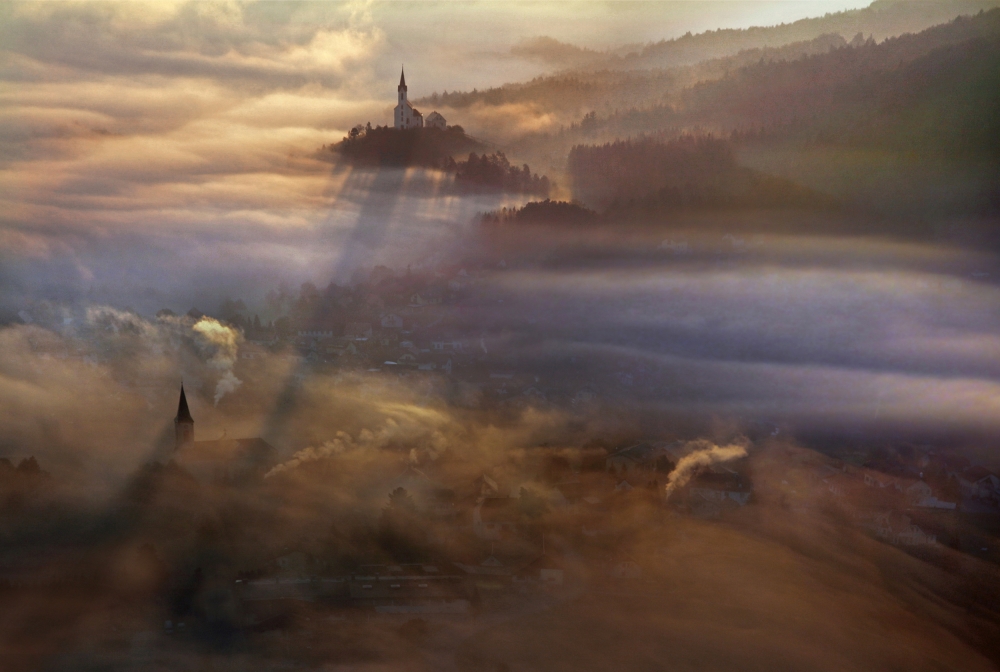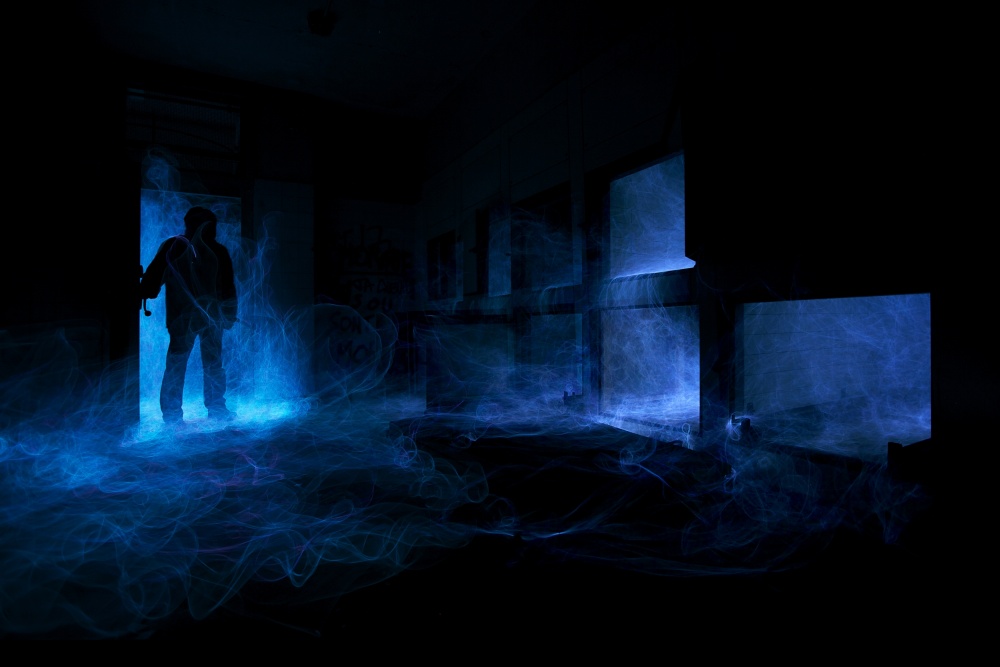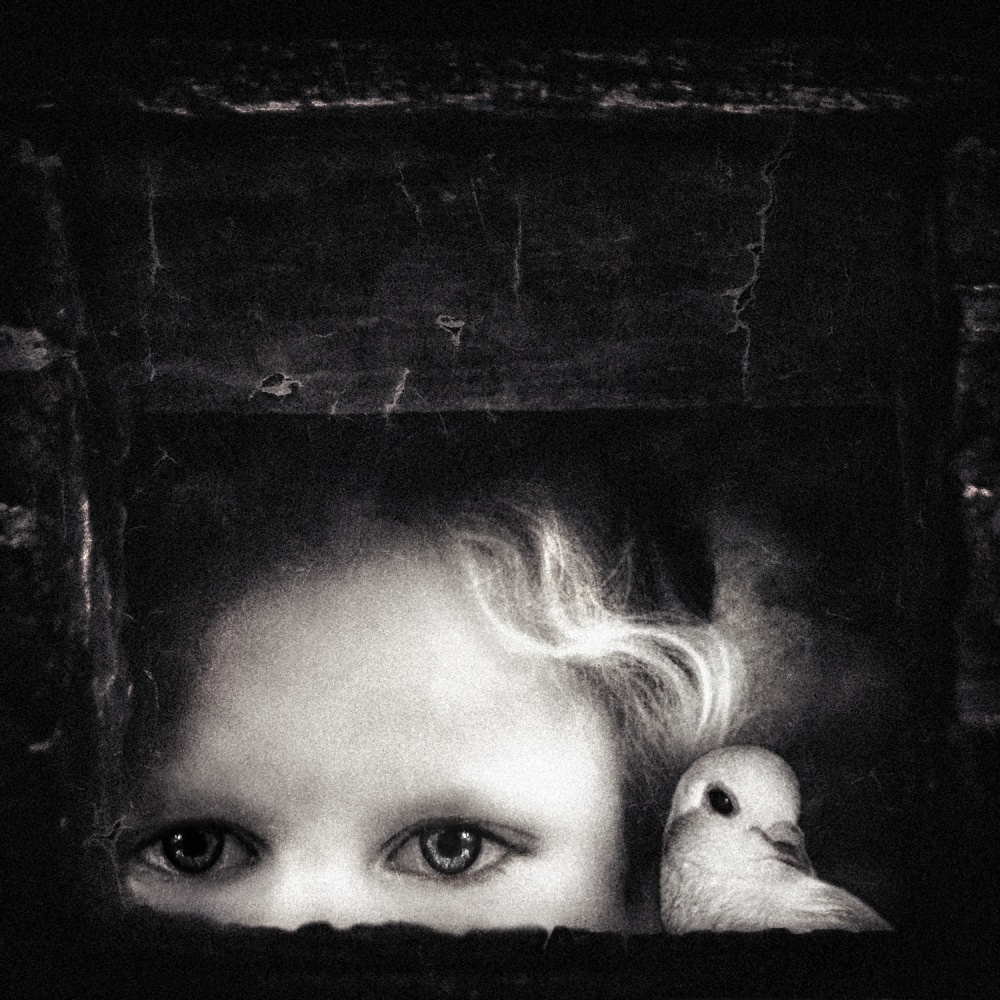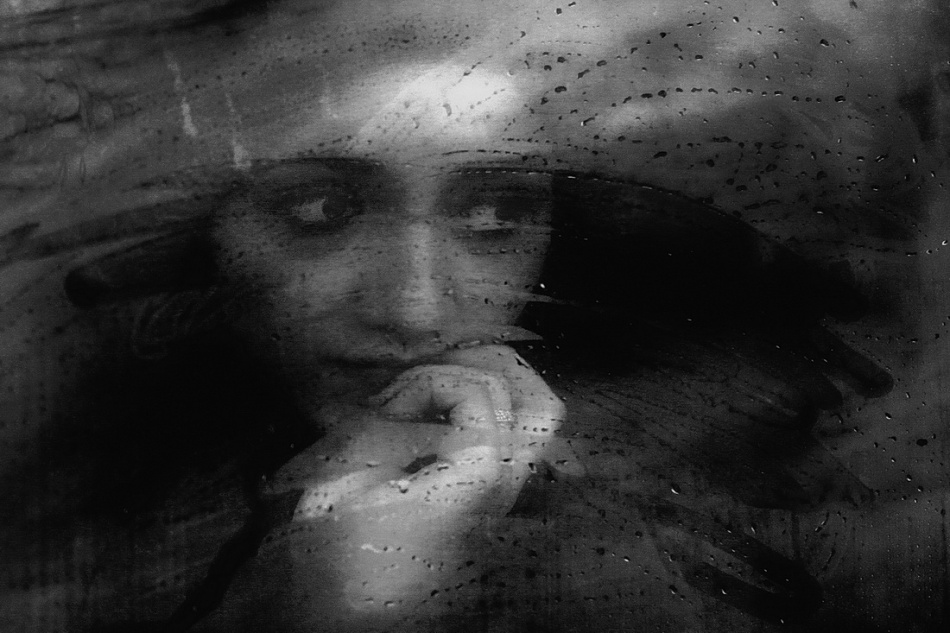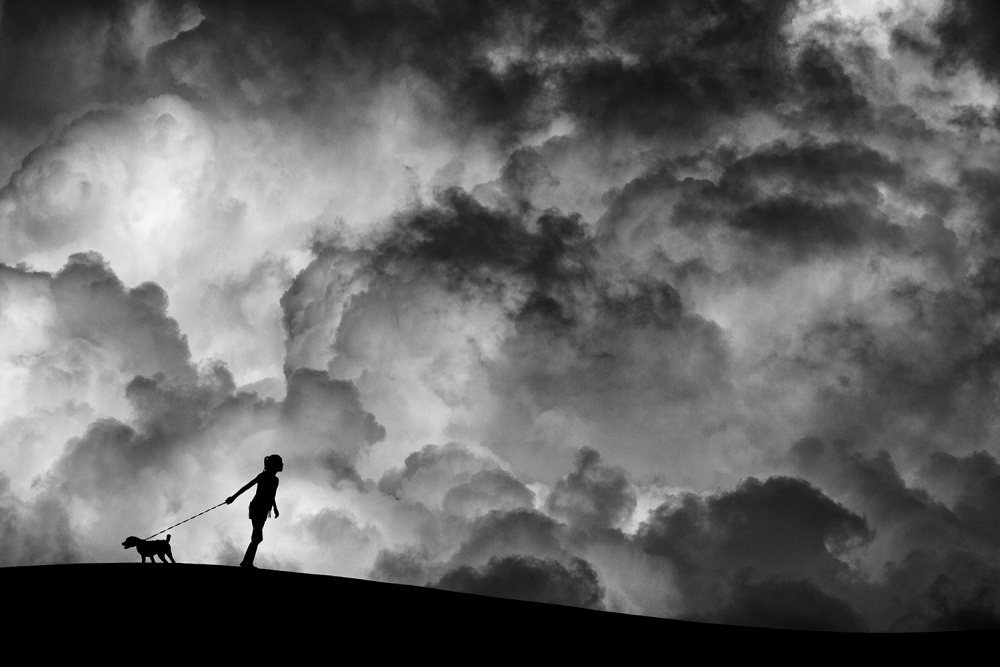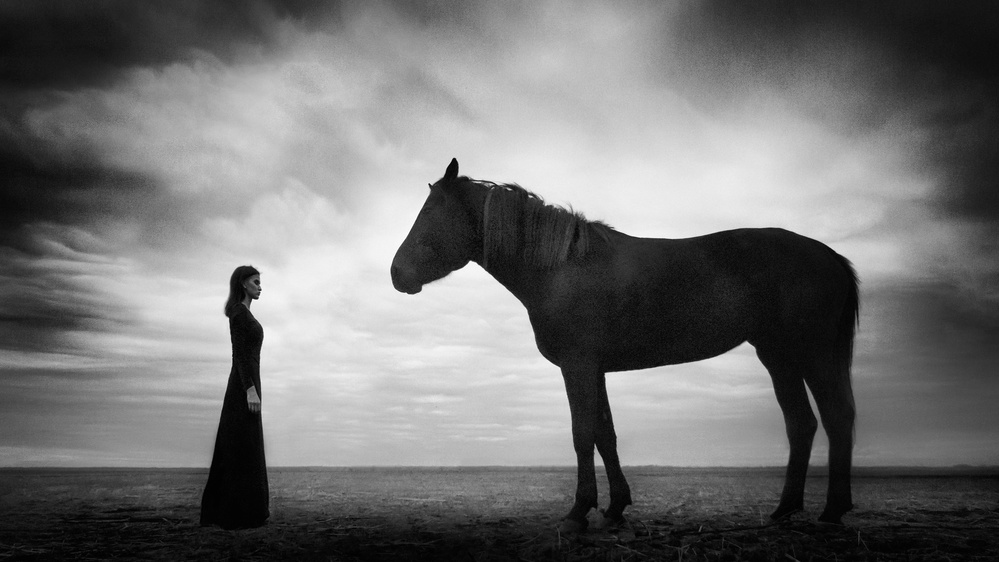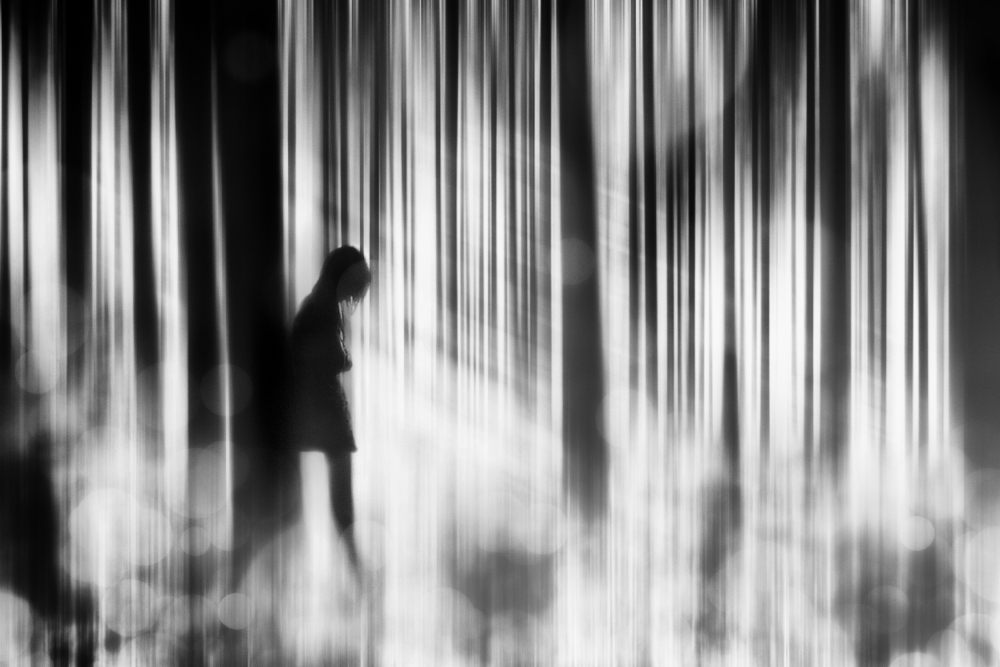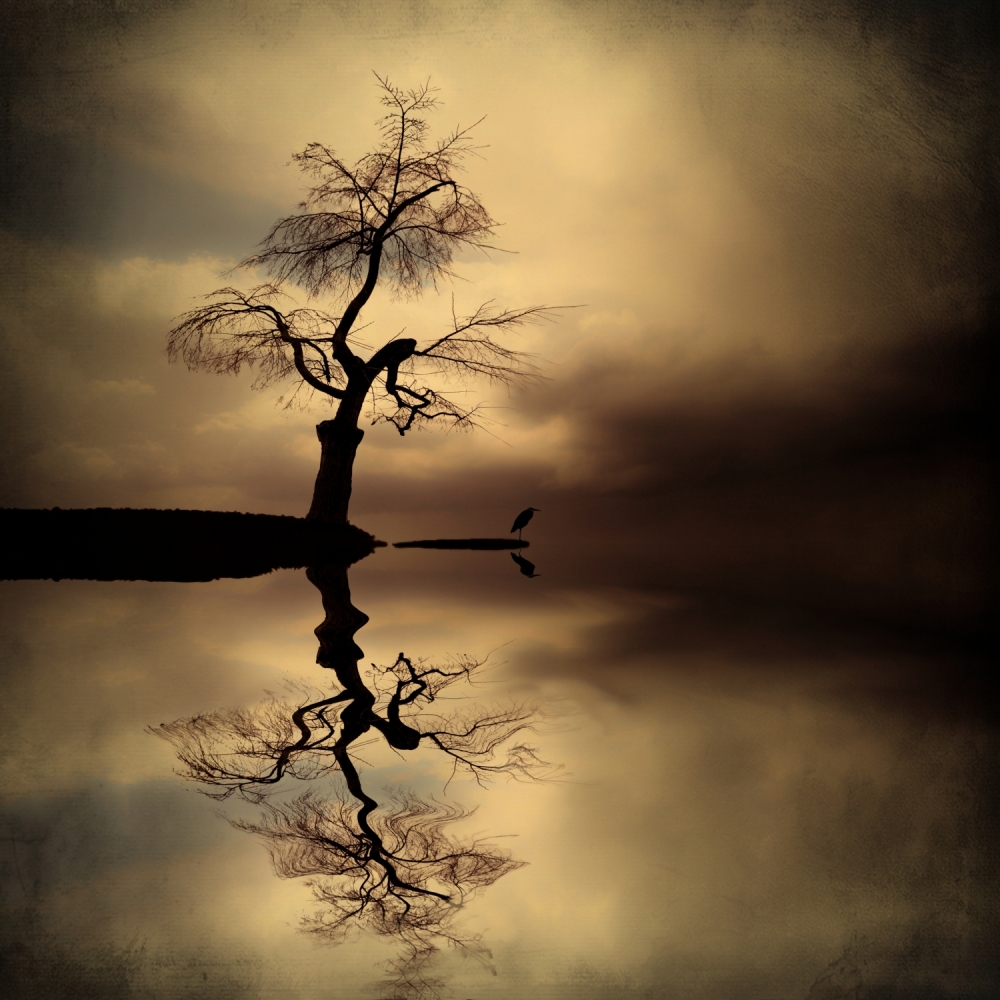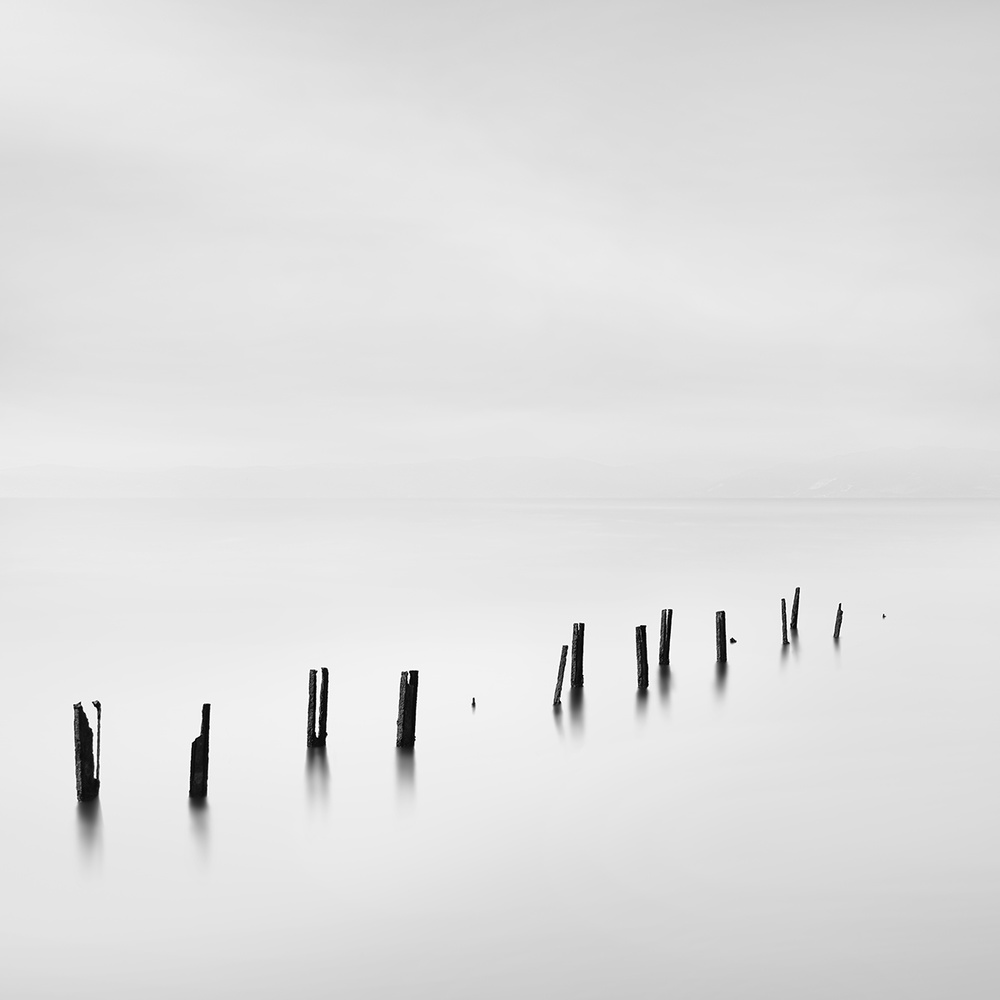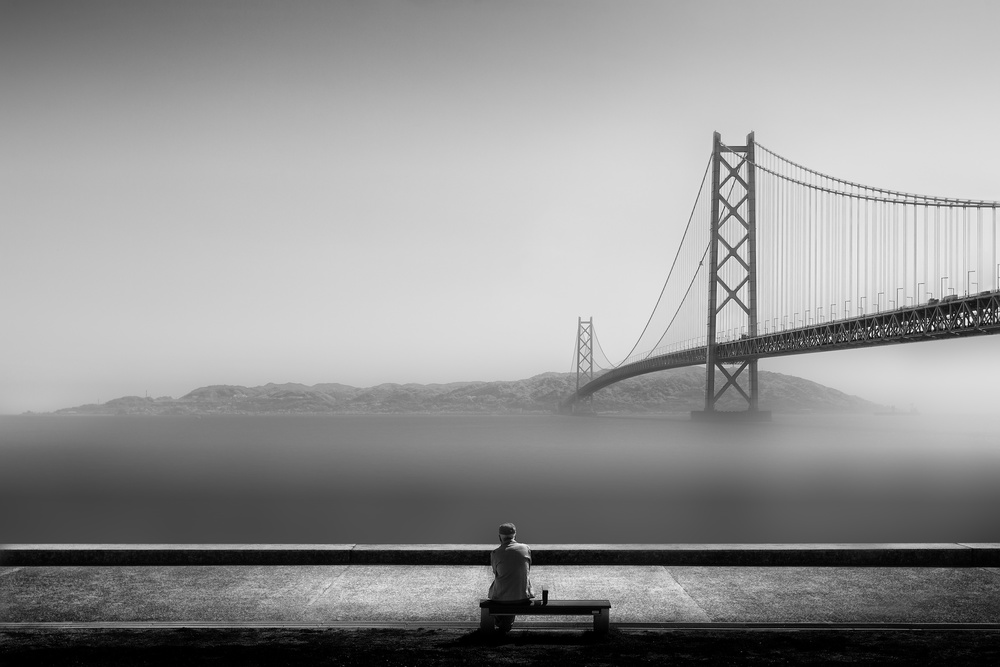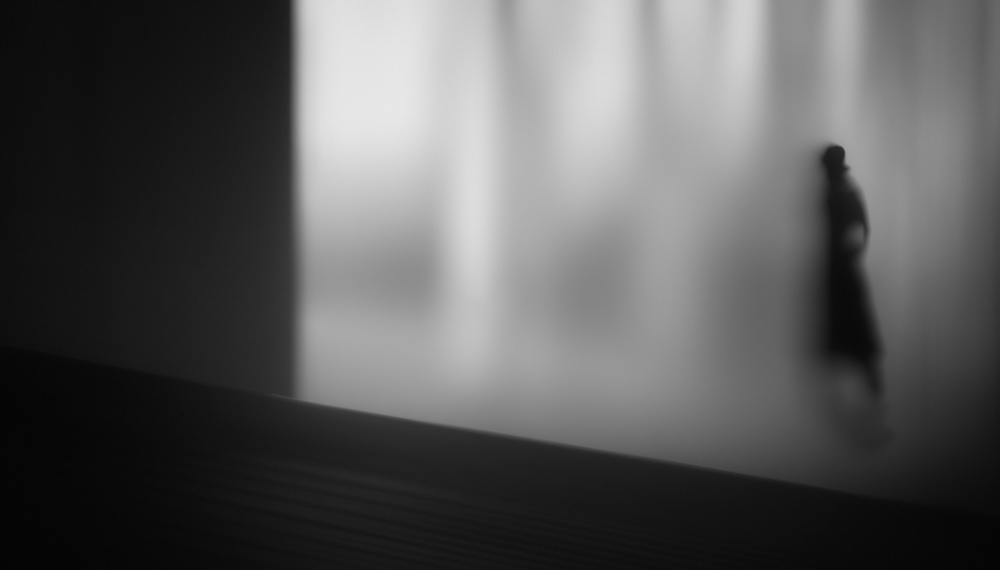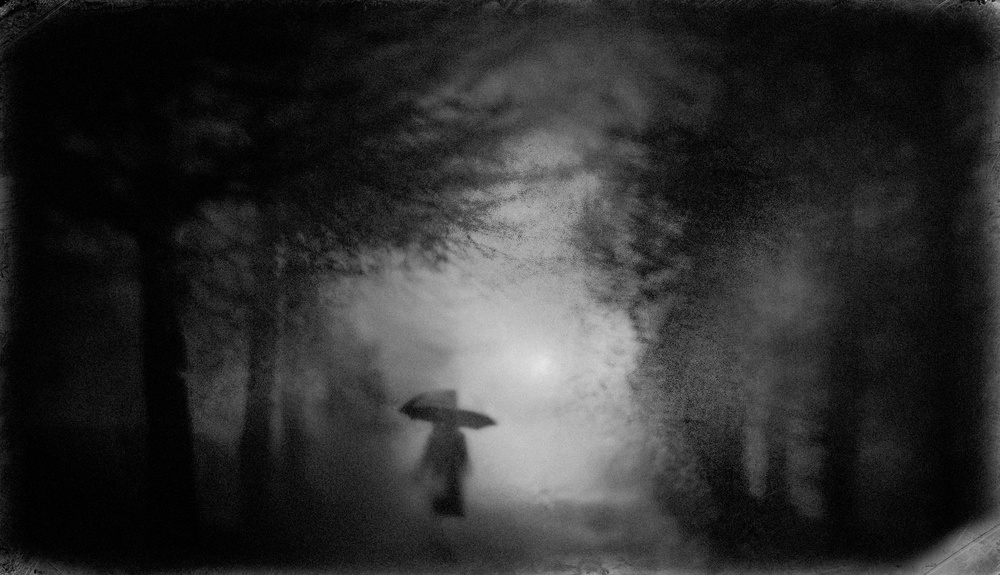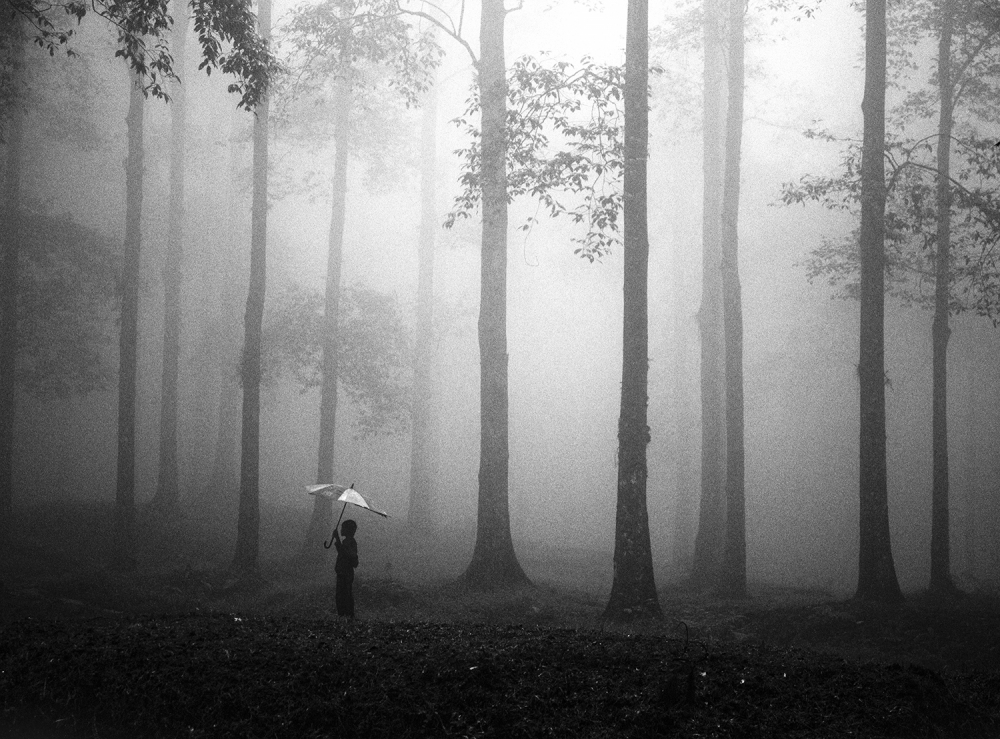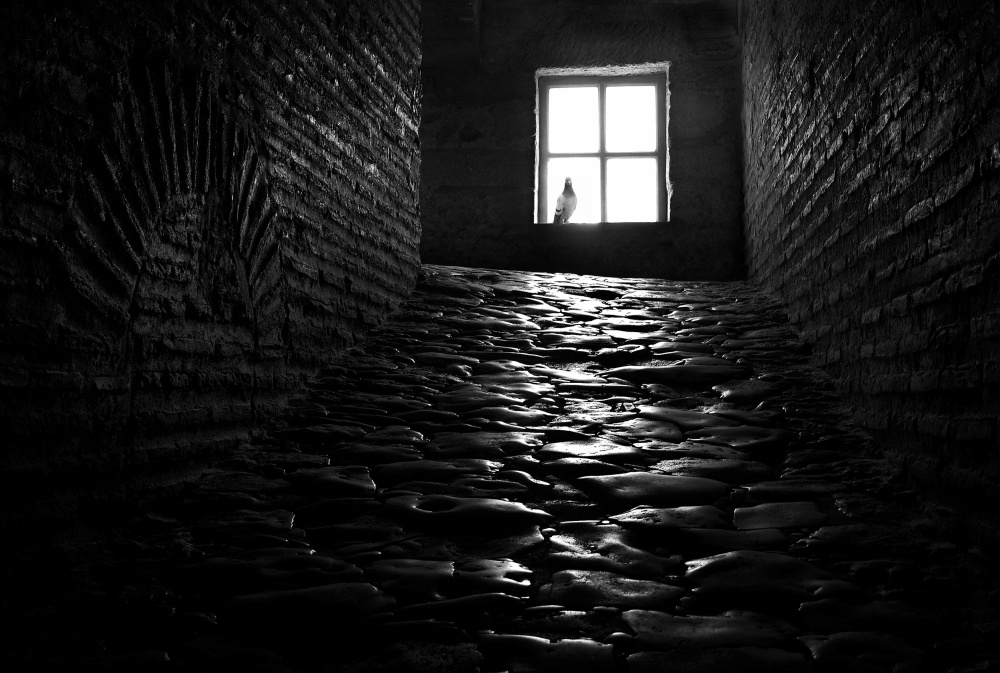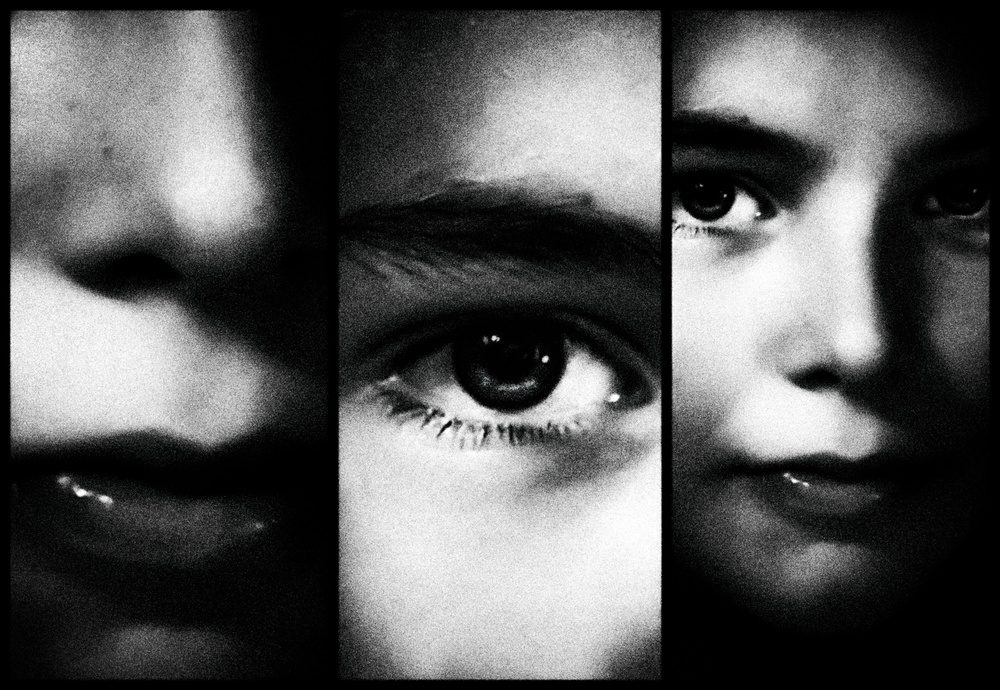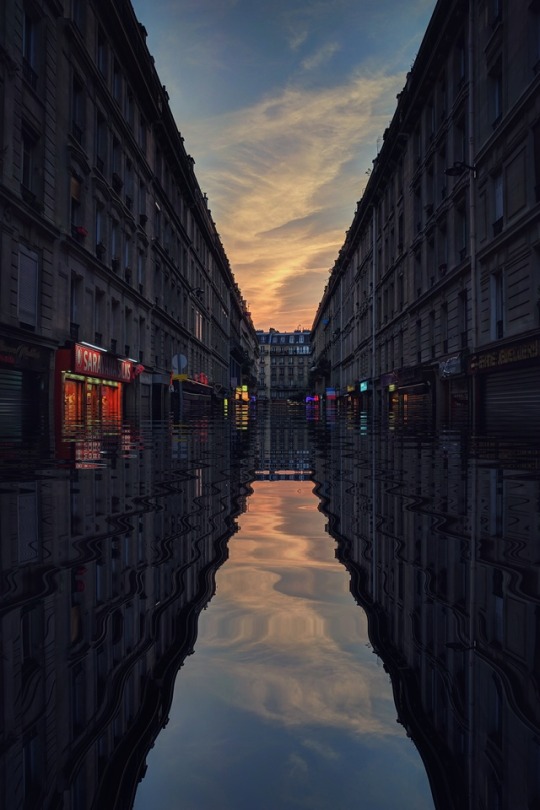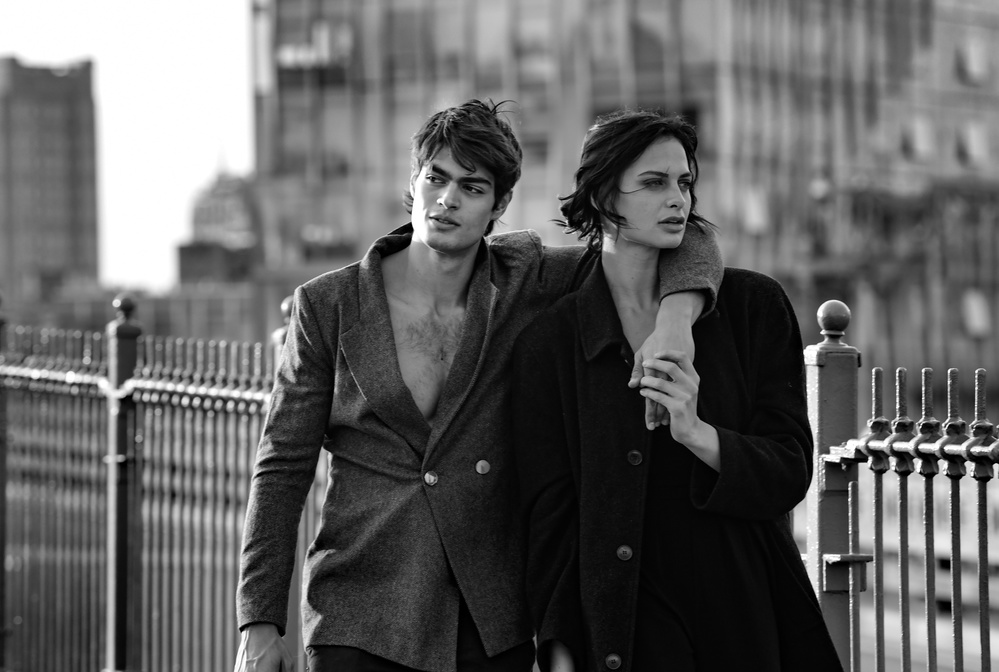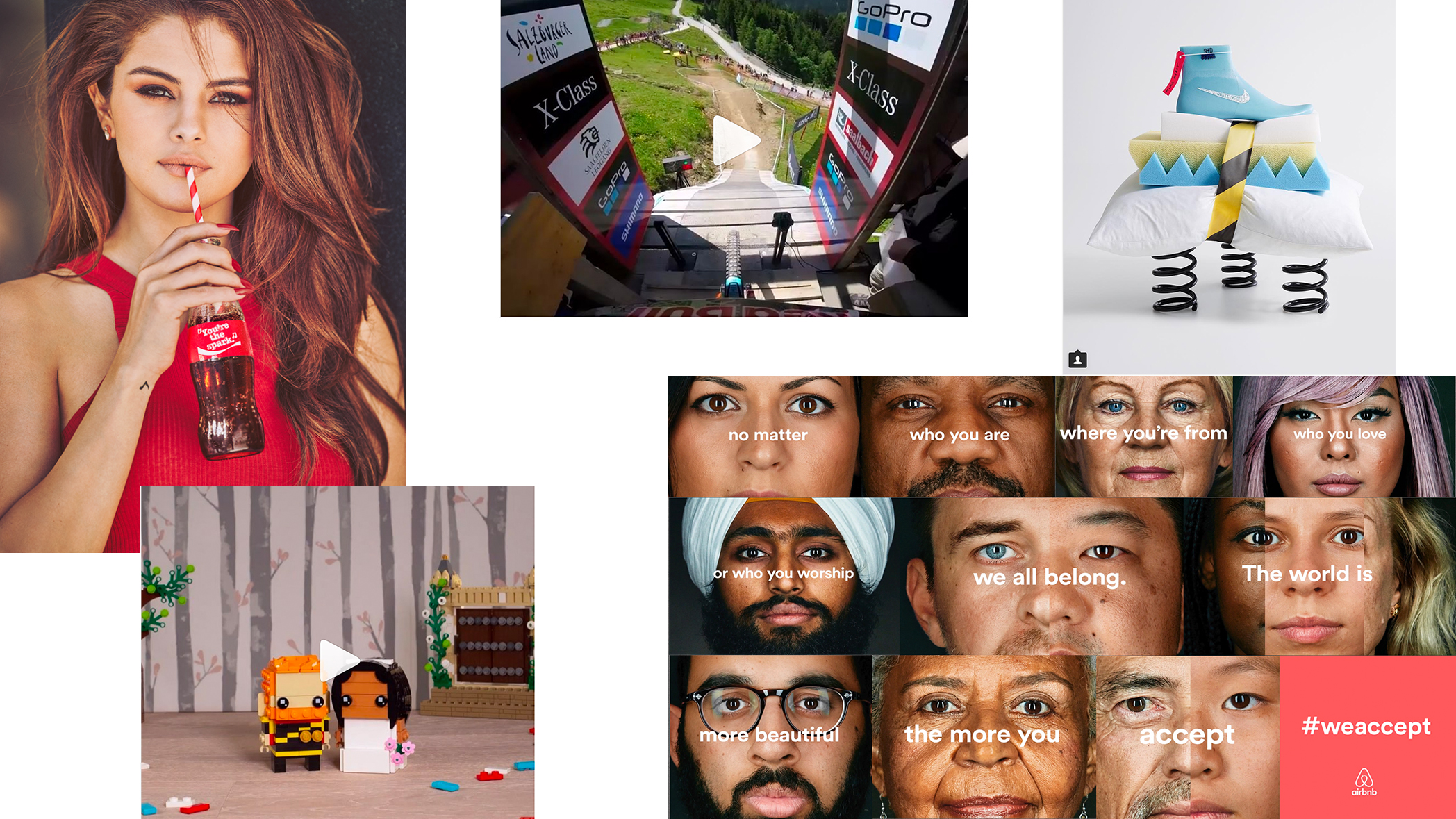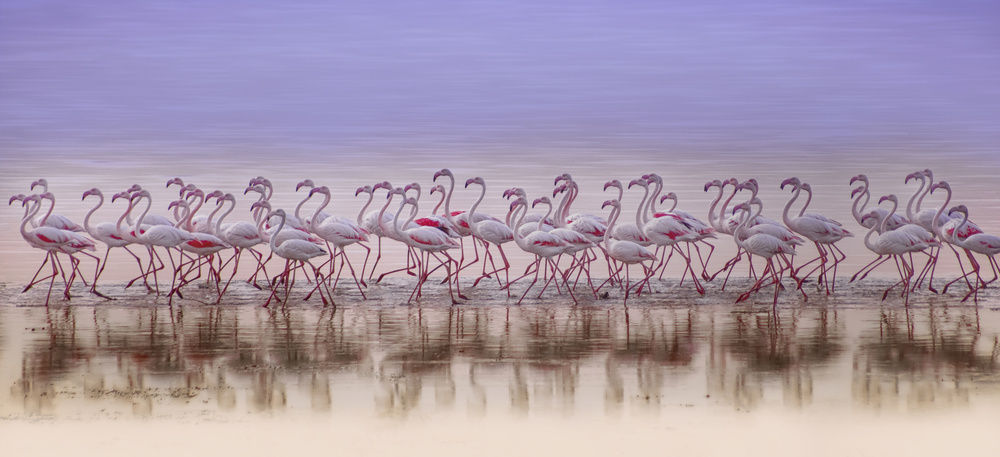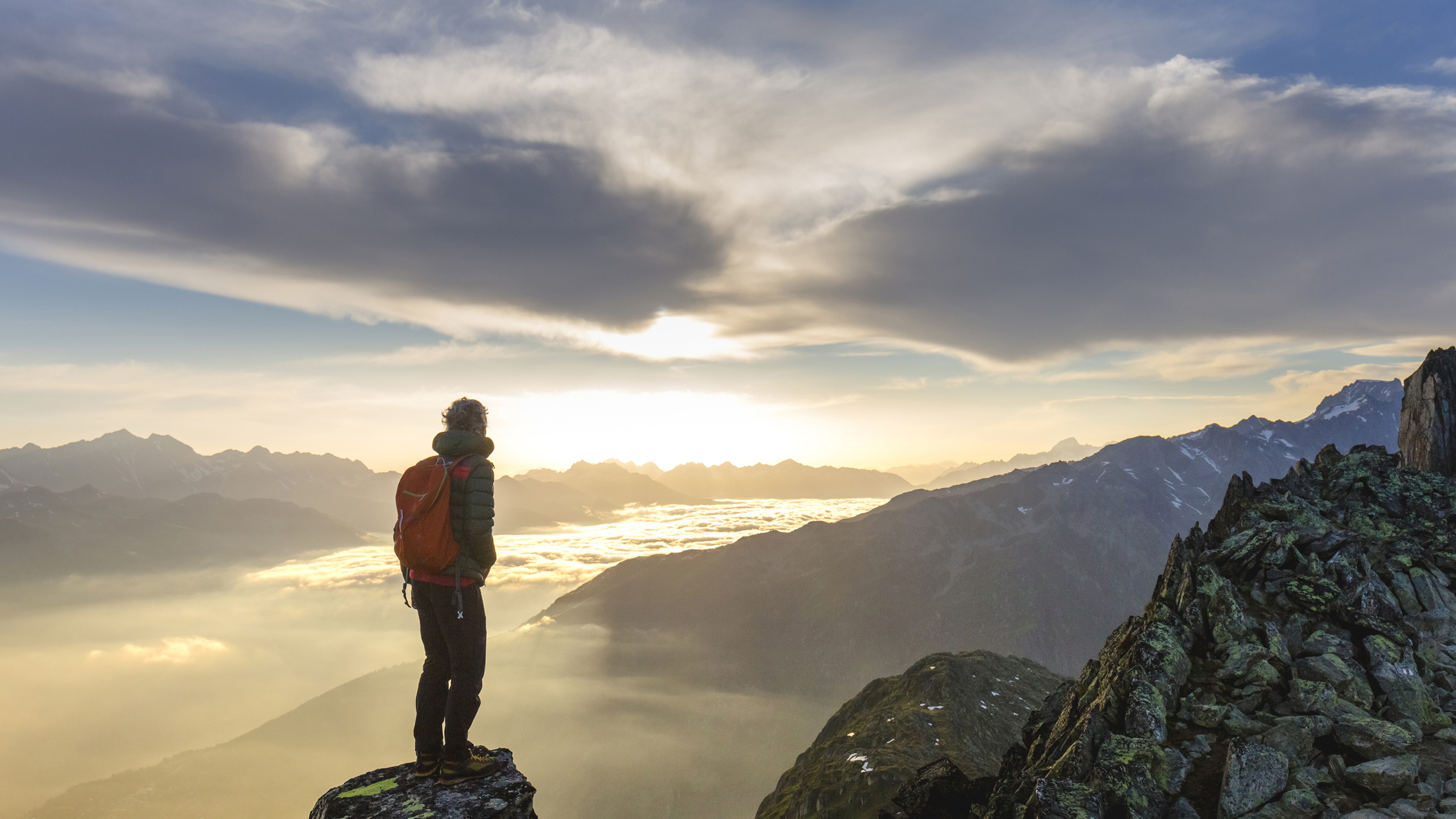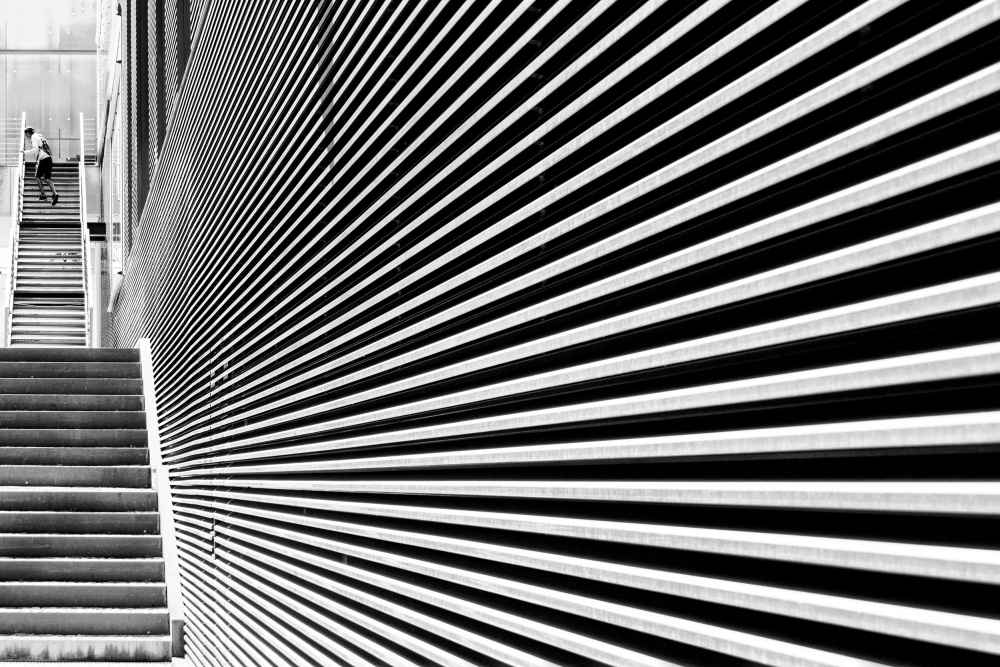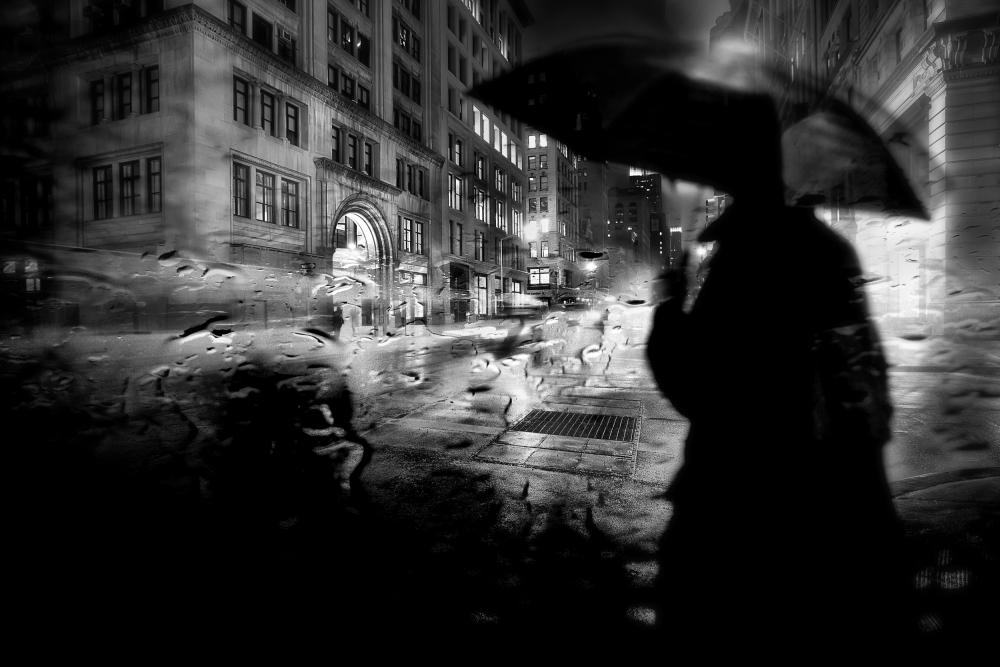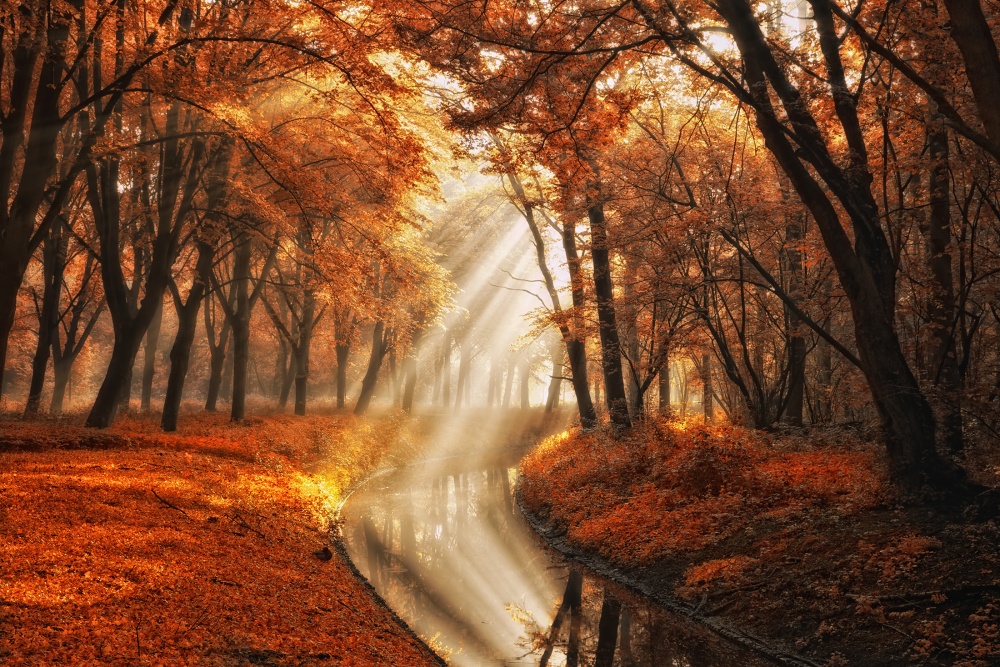Photographers

The summary of 'moods' is equal to 'emotions'
1x Blog-Photographersby Editor Swapnil.
As we delve deeper into the art side of photography we realize that there is one single thing that keeps us interested or hooked on to the works of others or ours. We realize that we unknowingly take a pause on a certain picture that has some ‘X’ factor in it. This X factor is nothing but an emotional feeling. After all the technological development in photography, the debates of brands and the superficial ego satisfactions of owing the best possible gear, it all falls down to this one thing.
The FEELING you get after watching the picture. The emotions you are able to invoke in your audiences are simply the measure of how successful your artwork is. A photographer becomes an artist once he is successful in permeating his emotional thought process in the minds of audience through his work. These kinds of photographs have the quality of rising above all the technical stereotypes such as image quality and compositions and sometimes even the subject.
Looking at a certain image, there are many reasons why we tend to like or dislike it and most of the times it is this feeling because of which we come to this conclusion of how we judge a particular image. We tend to see our reflection when we see a picture and we tend to search our own analogy to which the image matches. Similar to the kind of music we prefer to listen when we are in a certain kind of mood, we subconsciously fall in love with the pictures that more or less portray the kind of mood we are in.
As a photographer the same rule applies. We create the type of images or we create the mood into them subconsciously depending on the kind of mood we are in. some noteworthy examples of this would be compositions having a lonely tree or a lonely hut in the mountains signifying artist’s lonely world or him feeling lonely among the crowd. The most famous pictures of such compositions are from the philosopher’s tree in Hokkaido japan or from the famous tree in south New Zealand Wanaka lake. Through that single entity we signify something so deeper on a subconscious level.
A big factor in enhancing mood is the colour. I dare to add white balance as well in this. The blues or yellow toning can immediately change the mood of the image or the way it is perceived. The use of Reds can inculcate many feeling in the picture as it is the most eye-catching thing in the picture. Similar is the case with contrasts. Where high contrast images can remain in mind for long, the soft contrast pictures can be like a soothing melody for the eyes.
Adding to above points, the use of low key and high key style of images are known to create a kind of mood the artist wants to portray. Where low-key images generally are considered dark and gloomy, high keys appear a lot happier and peaceful. The amount of detail and the amount of blur used creates a sense of feeling complete or otherwise. Blur has a special relation with mood since using it deprives the viewer of the clarity so he has his space for imagination and filling the void with his own mood or perception.
Art of composition has a lot to do with the way the artist perceives his world or the viewer understanding the idea behind the image. Rules like use of leading lines, use of diagonals, vanishing point, rule of thirds, the golden mean have all been studied and created by painters on their observations based upon how their work was perceived upon. Use of symmetry almost instantly calms us or a sudden break in it creates a visual tension in the image. Similarly use of positive or negative spaces works amazing in creating a mood. Positive space means having entire frame filled with necessary elements completing the image. These images are intensely busy and powerful. On the other hand negative space means giving breathing space in the composition by allowing the eyes to move in them. Such images are subdued and give peace and calm generally.
Lastly the most important aspect of creating mood in photography is Light. The red orange hues of sunrise or sunset create a very happy mood whereas the use of blue hour light can be very calm or even gloomy sometimes. Dark light photos or backlight photos can be mysterious and convey a dark feel as it conceals information in a picture whereas bright light is generally used to create an optimistic happy feel in an image. In portraiture, the lighting and the direction of it emphasizes what kind of feel the artist wants to convey.
In summary, creating mood is totally a prerogative of the artist. It can be a successful attempt if it resonates with his audience or can be other way round. Creating art though, should be the foremost objective of any photographer, as real art is timeless. It stays in the memories and isn’t that we are here for in this world? To create memories…
Enjoy more mood pictures by amazing 1x photographers below….
. '

